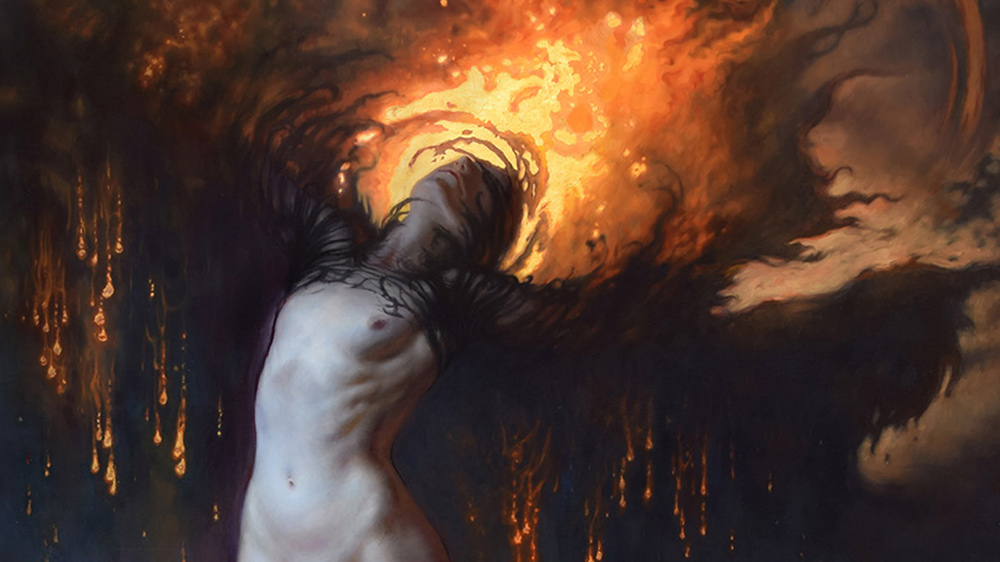Imaginative Realism is the vanguard of contemporary realist painting and sculpture, bringing complex—and popular—narratives to the world of representational art. But what is it, really?
Imaginative realism combines classical painting techniques with postmodern narrative subjects, focusing on the unreal, the unseen, and the impossible, offering visions of humanity’s mythic past, its unexplored future, and, in some cases, the terrifying present. As a genre, it is rapidly increasing in popularity as more and more artists are beginning to explore imaginative subjects in their work, taking part in the rebirth of the imaginative movement.
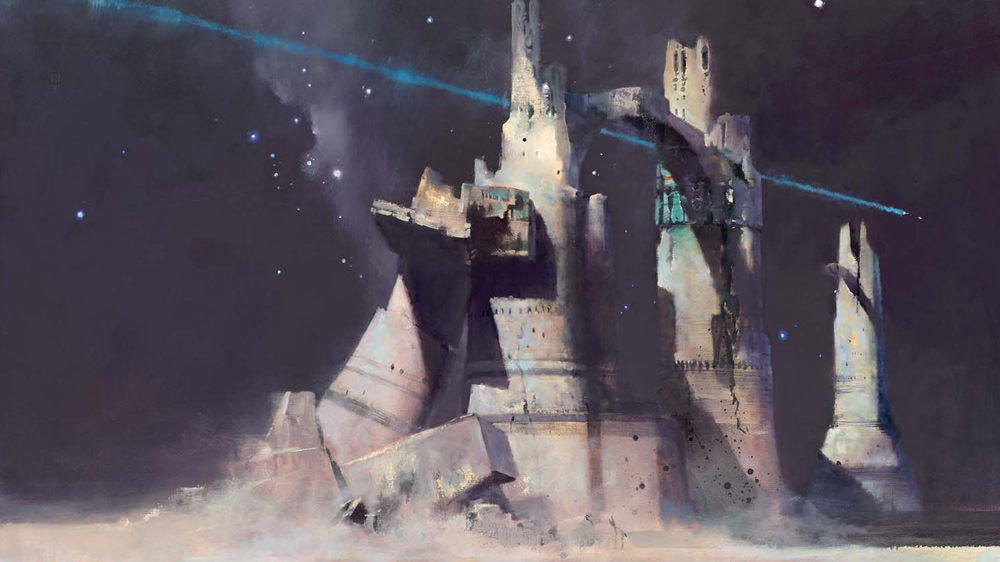
This exploration is being noted at the institutional level as well. In the most recent ARC Salon, work in the imaginative realism category by Tenaya Sims (Semillas) won the coveted Best in Show award. Individual shows have been mounted at a variety of museums across the country over the past few years, including the Canton Museum of Art, the Allentown Art Museum, the Riverside Art Museum, and others. IX Arts—the premier organization dedicated to the promotion of the genre—has begun an ongoing partnership with the Delaware Art Museum to showcase contemporary imaginative realist artists. Even the Tate Britain, for its 2012 exhibition of the work of Romantic painter John Martin, turned to imaginative realist painter John Harris to provide a quote and reference for the show’s catalog.
Imaginative realism is a growing genre that is rapidly becoming a significant part of the contemporary realism movement. But what IS imaginative realism? Is it, as artist James Gurney has suggested in Imaginative Realism: How to Paint What Doesn’t Exist (2009), simply the process of painting what cannot be seen, including history paintings, religious imagery, etc.? Is it just a fancy name for fantasy and science fiction art, a way to make dragons and aliens more palatable to an upscale audience? Or is it the modern expression of a movement that is, at the same time, both narrower and broader than any of these would suggest? And, most importantly, what does that mean, and what opportunities does it present for the broader swath of realist artists?
Let’s start off with a definition. To put it as simply as possible, imaginative realism is the realistic depiction of the unreal. Imaginative realism strives to produce an emotional response from the viewer by telling him or her a story, in snapshot form, that—to the best of our knowledge— could not ever have occurred, or could only occur in the theoretical future (in the case of futuristic imagery). It allows artists the opportunity to bring depth and impact to their realist works through the use of subjects that transcend reality, where the subject itself informs the work as much as does the technical approach.
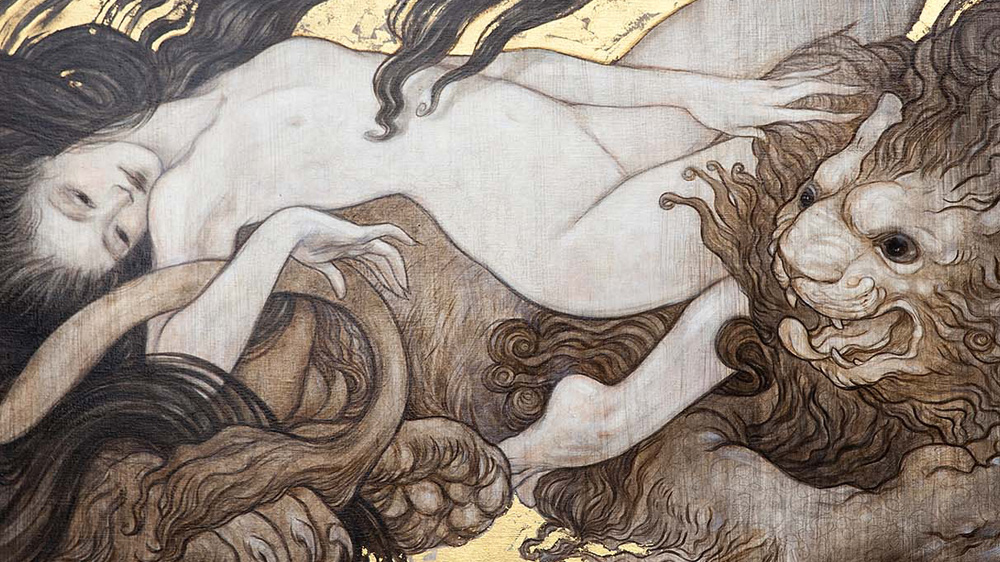
In keeping with its exploration of those things that could never have occurred or may only occur in the distant future, the school of imaginative realism does not describe a technical approach, but rather a philosophical one. So, while Gurney’s “imaginative realism” is completely appropriate as a technical term—an instructional approach showing how an artist paints what they can’t see—it does not translate into the genre of imaginative realism, which covers not just what an artist can’t see, but subjects that no one has ever seen, or ever will see. It’s not rendering from imagination, it’s the rendering of imagination. It can be a small step from the first to the second, but it is a step nonetheless—one that is key in understanding the roots and essence of imaginative realism as a movement.
A further common misconception about the genre is that it corresponds directly to “fantasy and science fiction art,” which is imagery directly tied to the literary genres of fantasy and science fiction. Certainly, the category of “fantasy and science fiction art” falls under the banner of imaginative realism, and, in fact, comprised the bulk of the genre for nearly eighty years (from the 1920s through almost the end of the twentieth century), as realistically painted imaginative subjects were almost completely banished from the gallery/fine art market. Many of today’s imaginative realists worked as illustrators for large portions of their careers, and many collectors of imaginative realism started out collecting fantasy and science fiction illustrations.
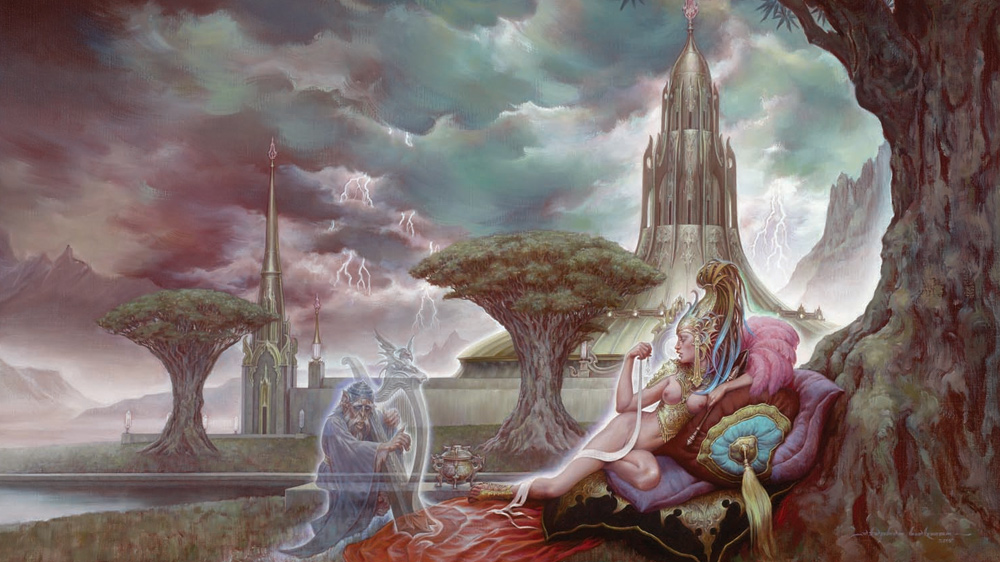
However, in recent years, many artists have begun producing imaginative works as pure easel paintings, with no illustrative connections. Artists who have no background in illustration have built successful careers producing work that, 30 years ago, would have been shunned outside of the illustration world. Even many successful illustrators have turned increasingly to personal works and private commissions over the past decade.
Collectors have helped to drive this transition, as they have moved beyond collecting product-related imagery to collecting work based purely on concept and execution. This sort of populist uprising is not unlike that behind the contemporary reassessment of mainstream illustrators such as Norman Rockwell, whose burgeoning critical acceptance followed directly on the heels of ever-increasing auction prices driven by passionate collectors of his work. (Multimillion-dollar sales prices become increasingly difficult for critics and academics to ignore.)
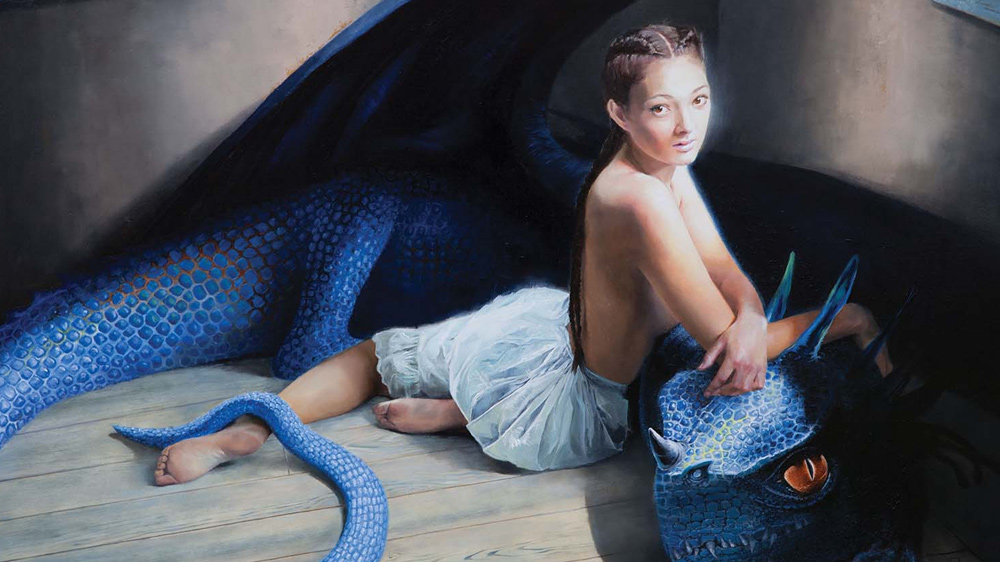
At the same time—paradoxically enough—the increased penetration of fantastic concepts into mainstream media, including movies, video games, books, etc., has driven a corresponding acceptance of imaginative imagery as “proper art” among galleries, museums, and collectors of contemporary realism.
With these changes has also come a broadening in the visual lexicon of the genre, producing works that are far outside the bounds of traditional “fantasy art” or “science fiction art” and more in keeping with the historical tradition of the Victorian or Symbolist painters, or the great Golden Age artists, than mid-to late-twentieth-century illustration. Contemporary imaginative realists pick up where artists like Waterhouse, Draper, Doré, and Moreau left off, bringing their own narratives of the fantastic to their work.
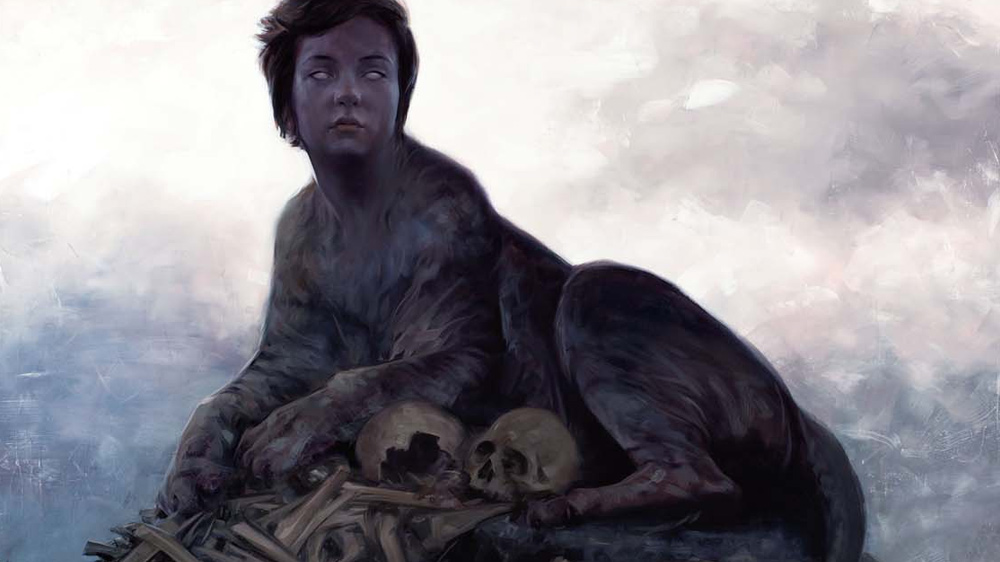
These changes make contemporary imaginative realism an exciting and growing genre, as more and more artists push the boundaries of imaginative imagery and put their work in front of an increasingly receptive audience. The incredibly broad range of themes and approaches stemming from the imagination provide opportunities for nearly any artist to experiment with incorporating the imaginative into their work. Although many artists work exclusively in the imaginative realist genre, many others have included it as part of their oeuvre, creating imaginative works alongside more traditional genres such as portraiture, landscapes, or mainstream figurative work.
This presents realist painters and sculptors with a chance to move beyond the constraints of “traditional” realist subjects and into a world of their own creation, where their classical technique can illuminate new and different narratives, or put a contemporary spin on a classical theme while still finding an appreciative audience—and buyers—for their work. Interest in imaginative realism shows no signs of abating as more and more artists, gallerists, curators, and collectors see their love of imaginative subjects and their appreciation for classical realism dovetail in a contemporary, yet very familiar way.

Patrick Wilshire
Co-Director of IX Arts
Patrick Wilshire is Co-Director of IX Arts, dedicated to the promotion, recognition and elevation of the art of imaginative realism. This genre includesworks that were heavily influenced by the storytelling paintings of the nineteenth century; artists such as Burne-Jones and John William Waterhouse. It is the organization behind the groundbreaking IX symposium started in 2008, and the IX Exchange, the online nexus for collectors of original paintings, drawings and sculpture from this style of realist art. In addition, he is the author of Visions of Never: The Collection of Fantastic Art (2009), The Art of the Dragon: The Definitive Collection of Contemporary Dragon Paintings (2012), and the forthcoming History of Imaginative Realism. He was also honoredto be a guest curator for AT THE EDGE: Art of the Fantastic, mounted at the Allentown Art Museum,PA, in June of 2012.
